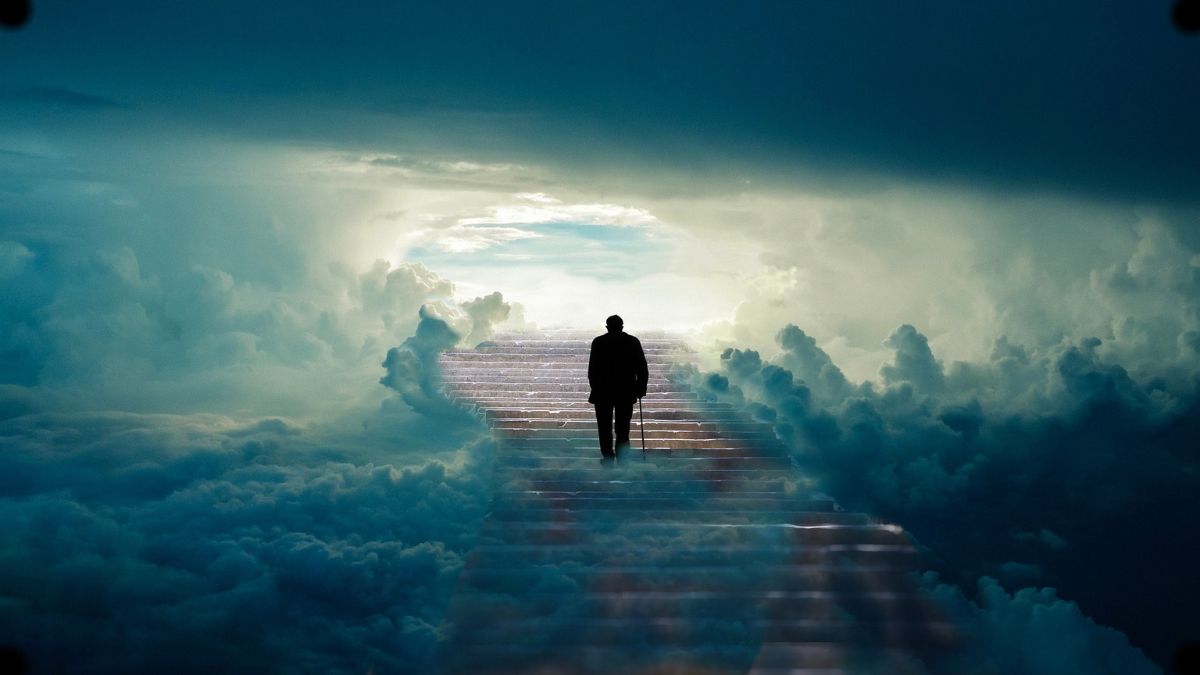“Waiting for the End” is about how we deal with death, both as a species and individually. The lyrics focus on how grief can throw our emotional lives into total chaos and emphasize how our memories of dead loved ones can trap us in the past. This song also manages to touch on how humanity avoids confronting mortality by distracting ourselves from it.
Linkin Park wrote this song intending it to be understood within the broader context of its album, A Thousand Suns. This album has to do with human fears and was created over a period of two years after the success of Linkin Park’s previous album, Minutes to Midnight. Not wanting to feel boxed into their sound on Hybrid Theory and other previous records, Linkin Park used A Thousand Suns as a form of creative liberation. This included writing the album “as an album,” which is something the group felt was a lost art at the time.
In this article, we’ll perform an analysis of these moody lyrics to decipher their intended meaning. We’ll also take a look at the songwriting story and the human themes that make this track accessible to anyone. Without further ado, let’s get started!
“Waiting for the End” Lyrics Meaning
The song’s intro addresses how humanity deals with death as a whole, not an individual. Mike Shinoda hops on the track with “a voice like a riot,” intending to grab the listener’s full attention. Even though he controls the present moment and “the words sound steady,” Shinoda confesses that they are really “empty.”
“With fists flying up in the air,” we use our ability to control and enjoy the present as a way of avoiding our mortality. We’re “holding on to something that’s invisible” – perhaps a sense of meaning, significance, or immortality through legacy. Why do we do this? Because “we’re living at the mercy of the pain and the fear” found in death. That is, until we “disappear” into it.
In the first verse, Chester Bennington takes over. His lines have to do with an individual experience of death and the grief that follows. He describes wishing for “the strength to stand” and feeling that the situation is “out of my [Bennington’s] control.” His loss has crushed him so thoroughly that he’s simply “waiting for the end” himself.
Bennington goes on to describe how disoriented he is. “Thoughts were spinning” in his mind about “things left unsaid” between himself and his lost loved one. Basically, his memories of them are making him replay his experiences over and over, wondering if he should have done anything differently. This is what makes it so hard to let them go.
In the chorus, he tries to look to the future. He knows “what it takes to move on” but feels as if he’d be lying to himself if he did. After all, death is permanent, and that fact will never change with time. Although he wants to “trade” his life for “something new,” he is stuck in the past. When he says that he’s “holding on to what I [Bennington] haven’t got,” he means that he’s still too attached to the deceased person to accept their demise.
The next verse is more of the same, describing how Bennington broods in his room, “trying to forget the past.” He admits that his tie to the person was “never meant to last,” but that doesn’t ease his pain in the slightest.
The only new section of lyrics at this point is the bridge, wherein Mike Shinoda reappears. These lyrics touch on the next stage of grieving, which appears to be numbness. Shinoda describes a time when his “fire was gone,” indicating that his passion has been extinguished. He, at one point, thought it “felt right,” but “that right was wrong.” It’s not acceptable to sever your emotions toward those who are gone. Instead, you have to deal with grief responsibly.
In summary, “Waiting for the End” describes (in both its title and lyrics) the position all people find themselves in. Dealing with the mortality of ourselves and others can be challenging, especially when we’re trying to cope well enough to move forward. This emotional message gives the song its sense of directness, which surely contributes to its success.
The Story Behind “Linkin Park”
The trajectory of Linkin Park’s career is fairly straightforward. Their first studio album, Hybrid Theory, was such a massive success that they were put on the music world’s radar instantly. From there, two more albums followed. While they were extremely popular, they failed (according to most fans, metrics, and critics) to capture the same magic or popularity as Hybrid Theory.
Not wanting to stay boxed in by the past, Linkin Park decided to evolve when they produced A Thousand Suns, which was a departure from their typical style. The group distinctly feels that they “wrote it as an album,” meaning the songs aren’t meant to be separated from each other.
This would make sense seeing as how each track represents a different human fear. Death, I would say, is definitely one of the main ones we deal with as a species. This is why Linkin Park made this song in the end: to create a reggae-alt-rock jam about a big part of the human experience.
“Waiting for the End” has enjoyed plenty of success, eventually reaching a position of #42 on the US Billboard Hot 100 chart. Critically and commercially, it can only be considered a hit. It was also featured in the 2012 film, Schutzengel, as well as the Guitar Hero and Rock Band video game franchises.
The next time you play this unorthodox hit, let these pieces of background information make it special!

